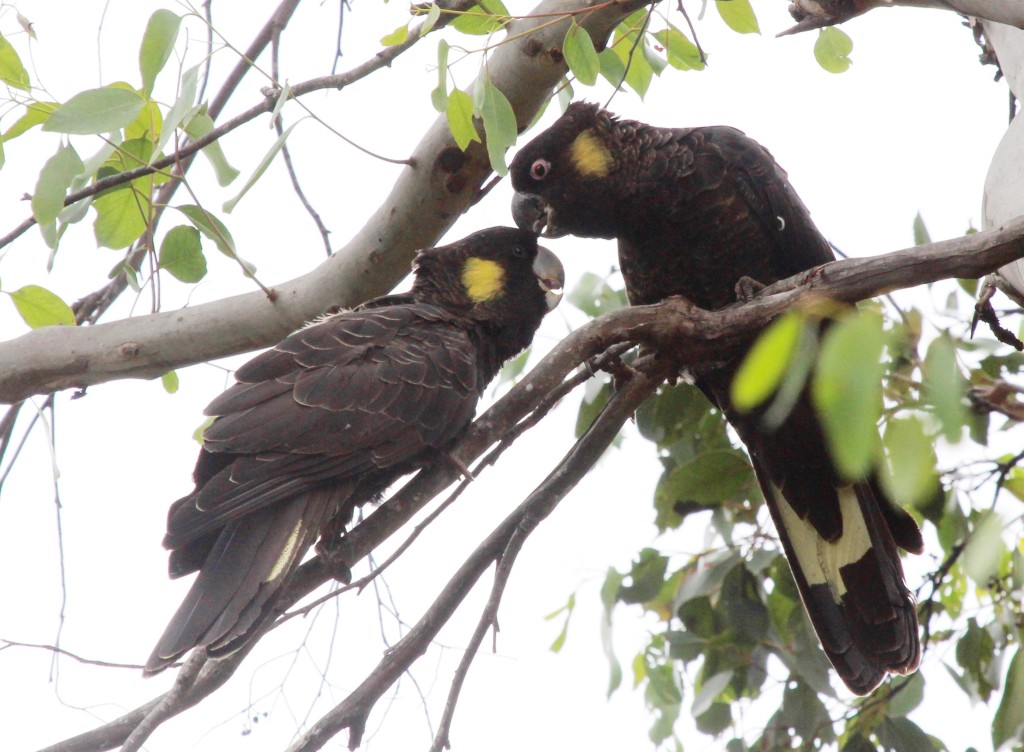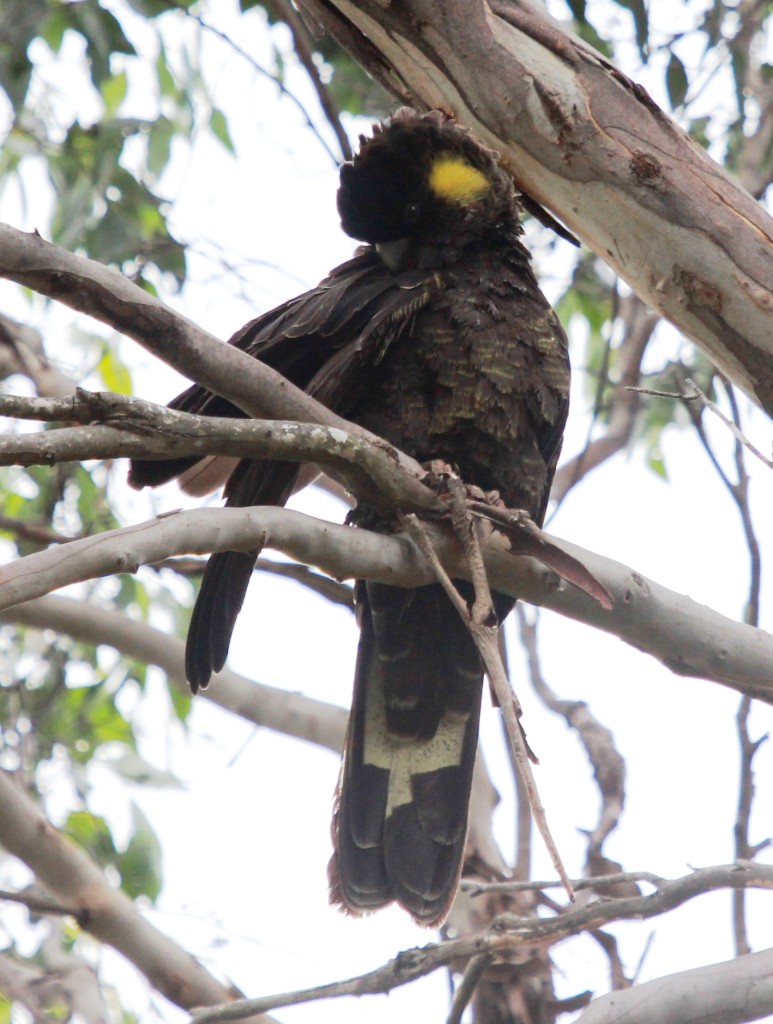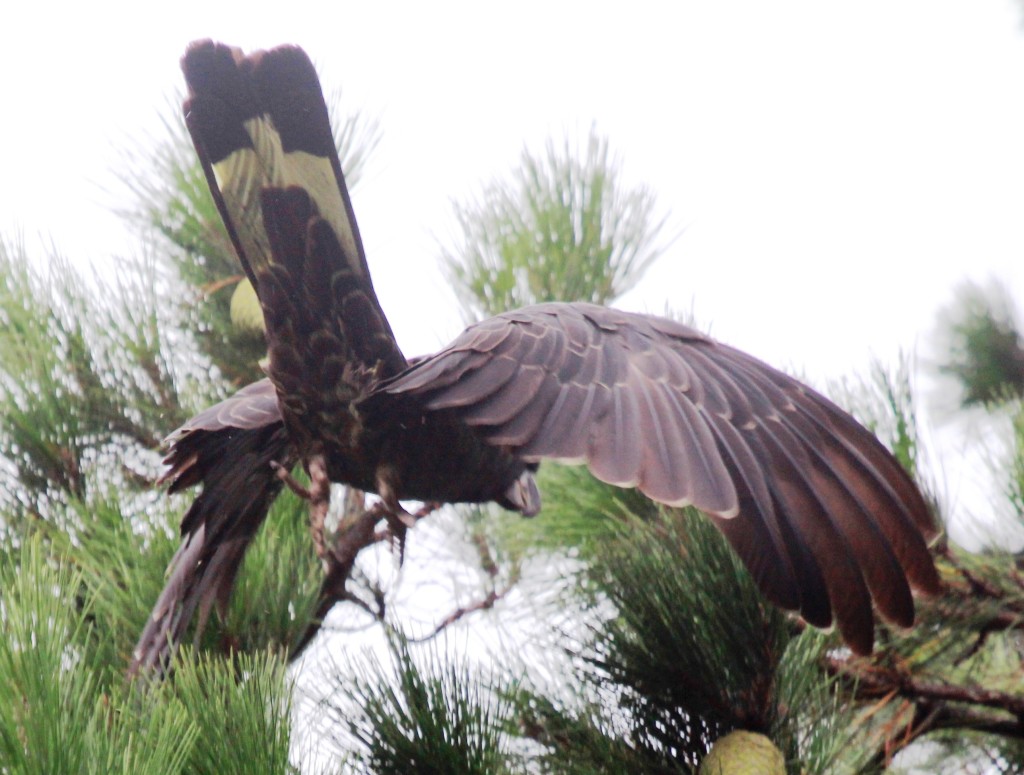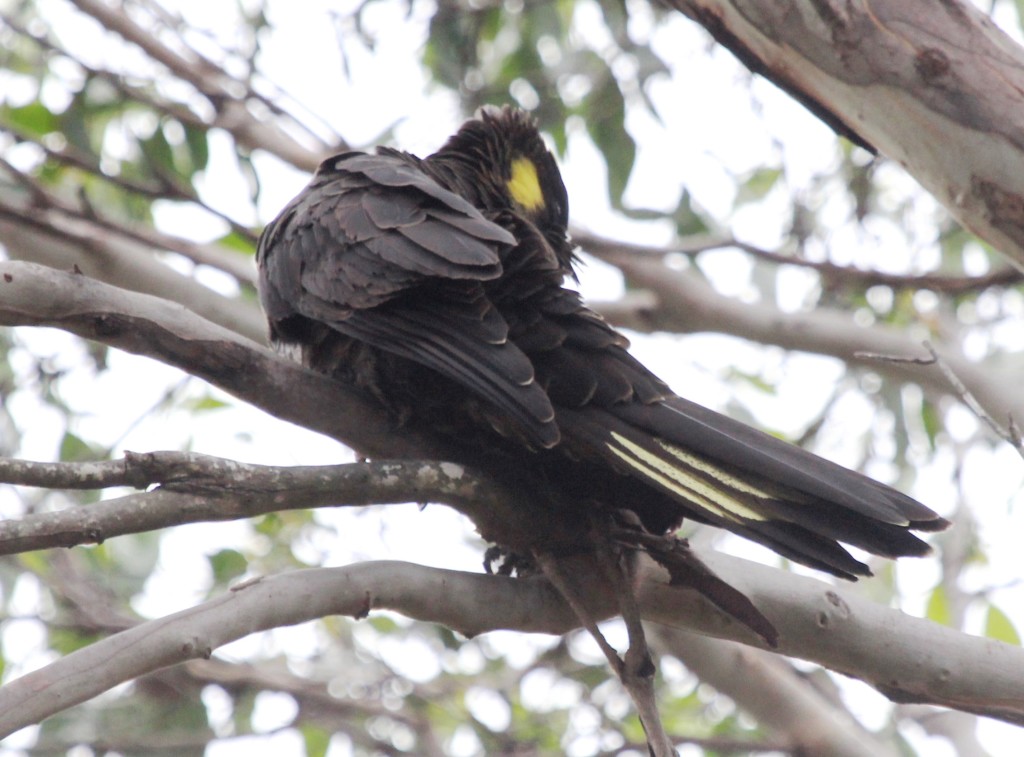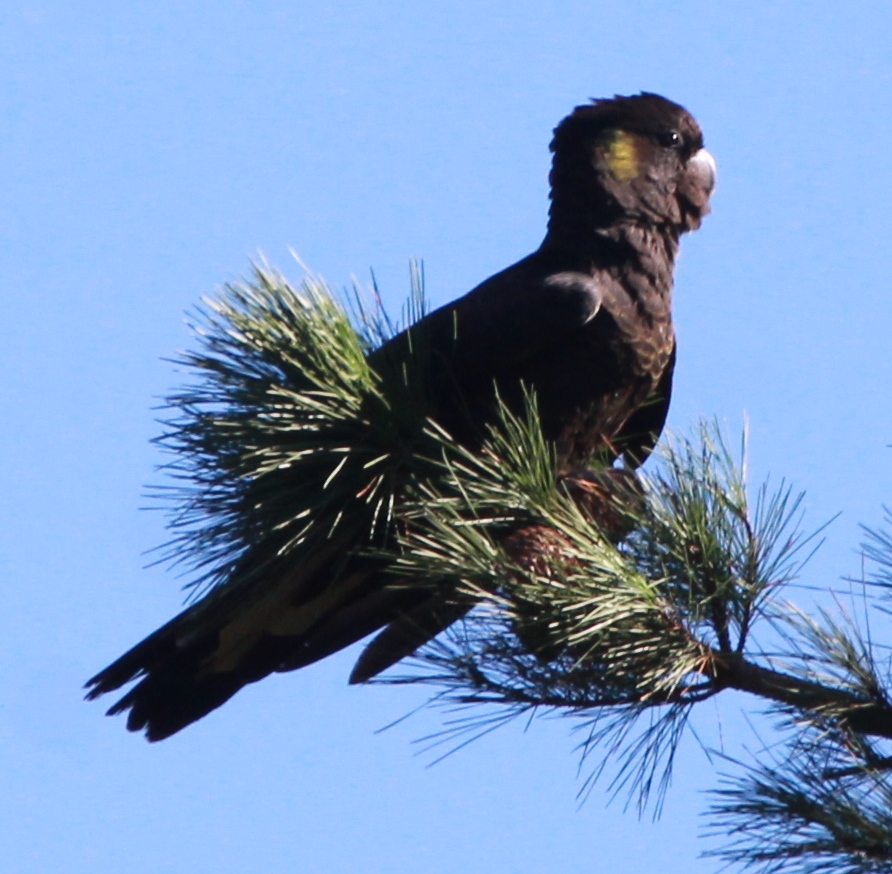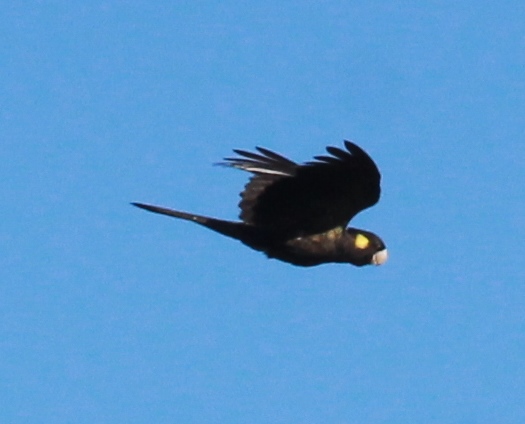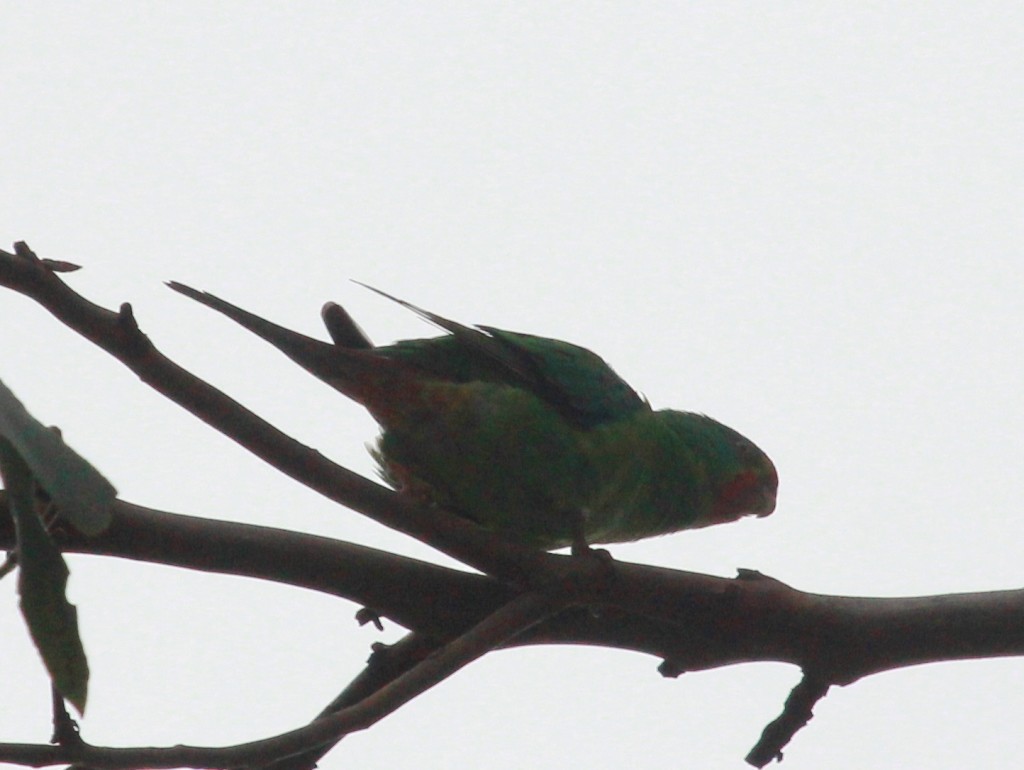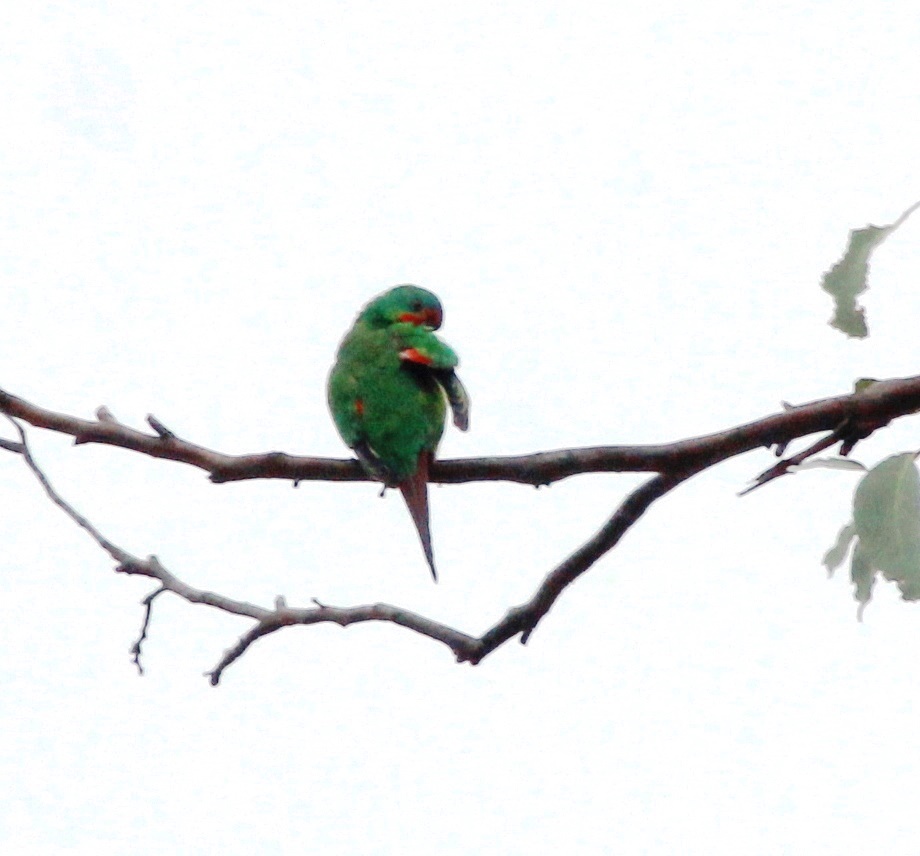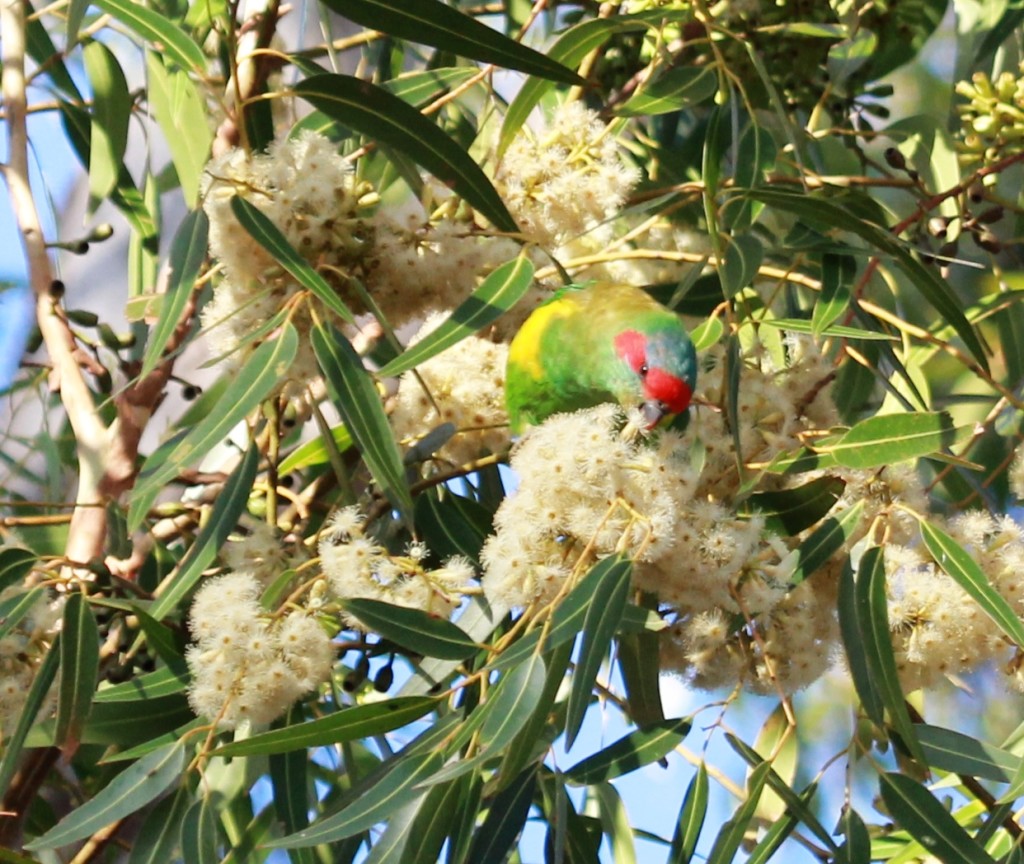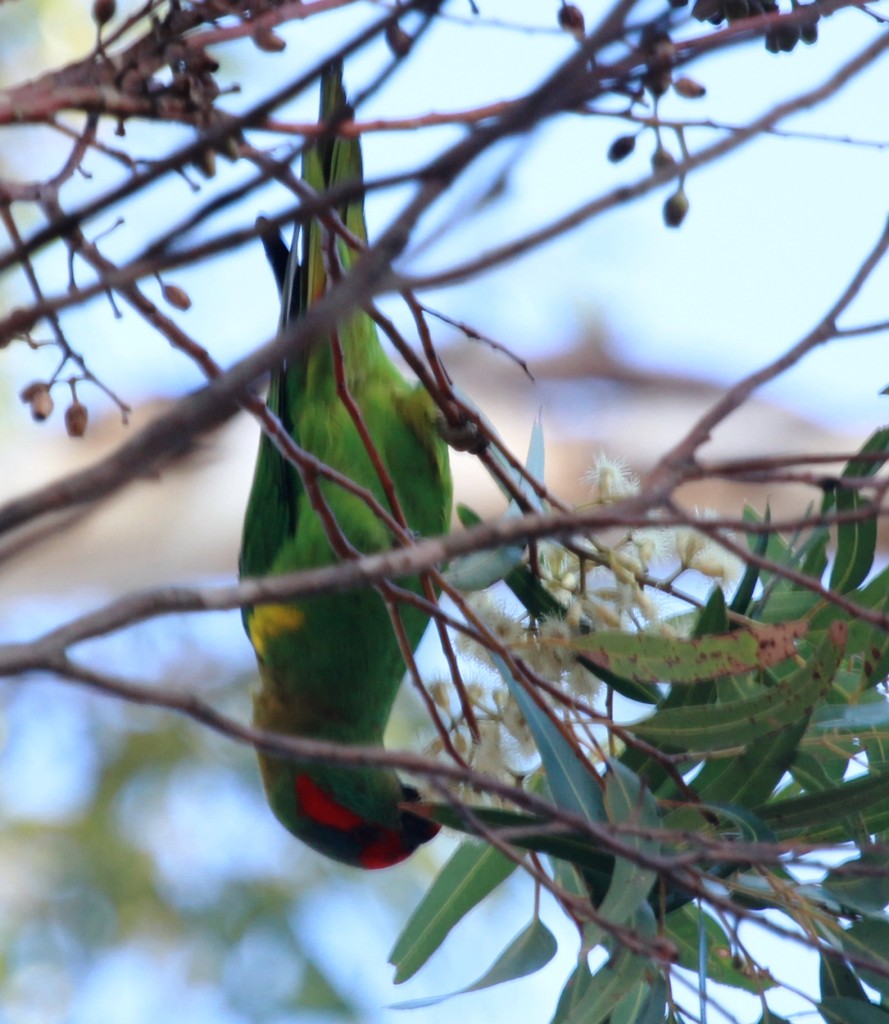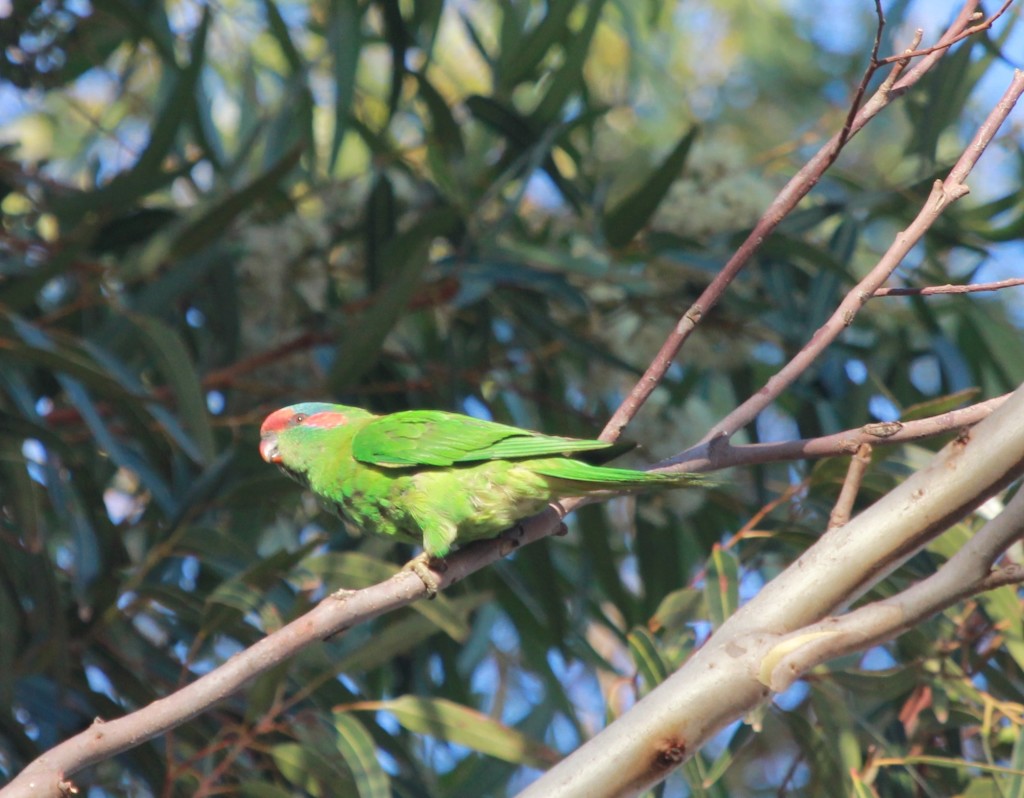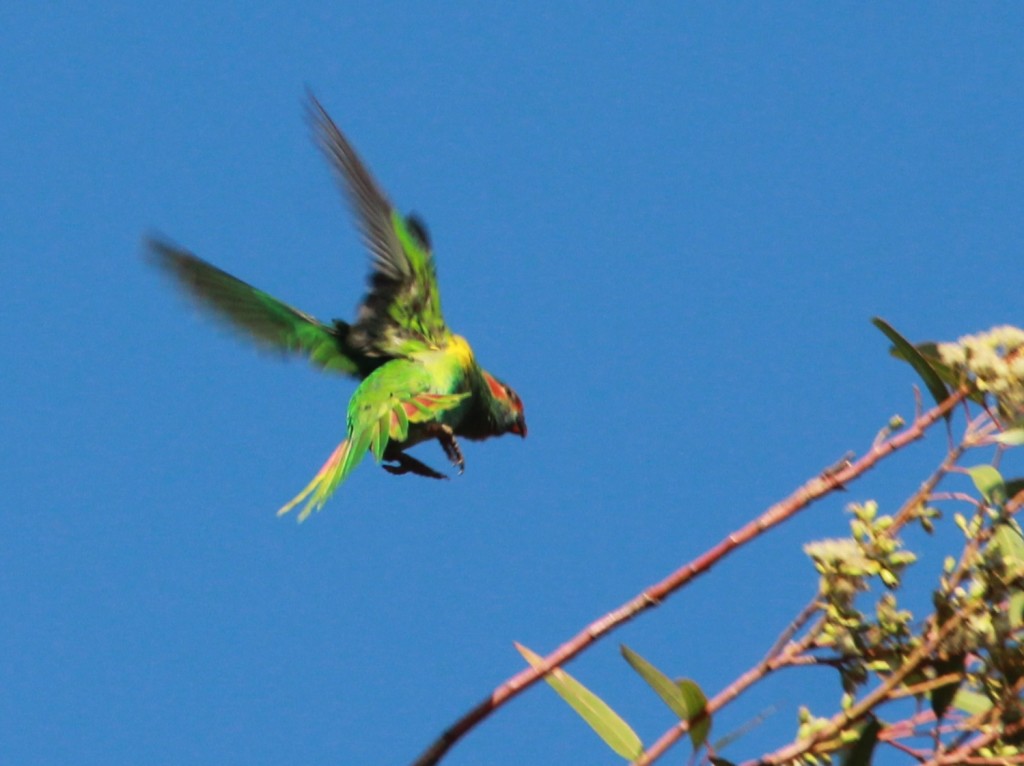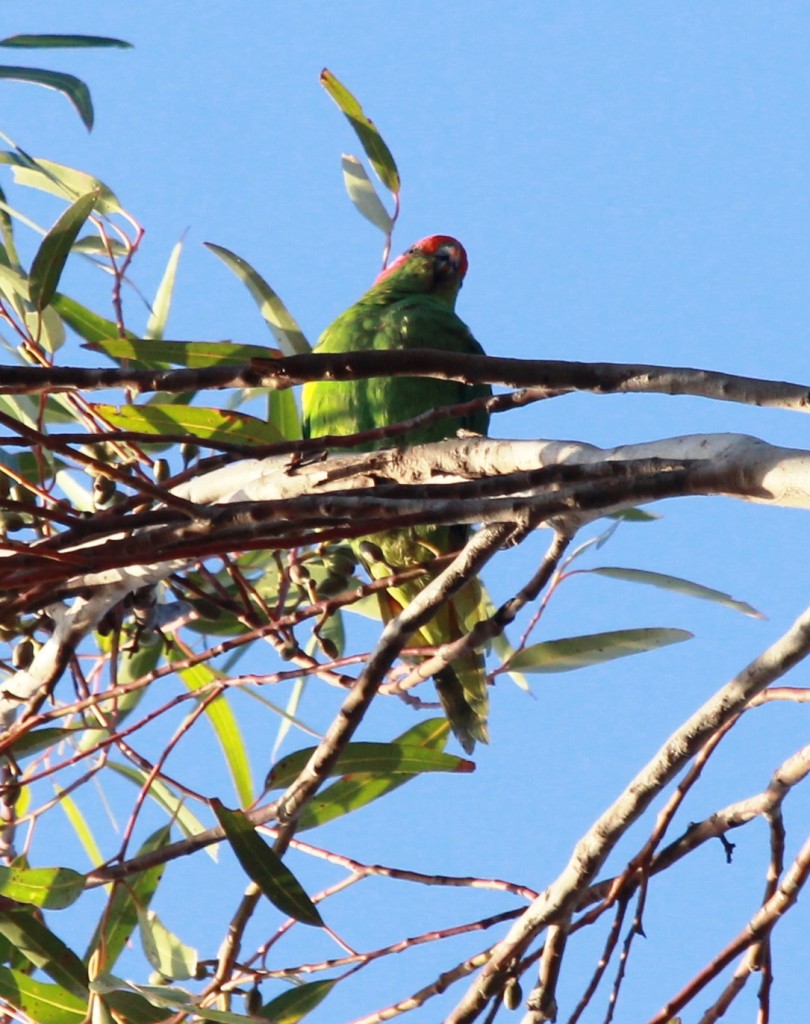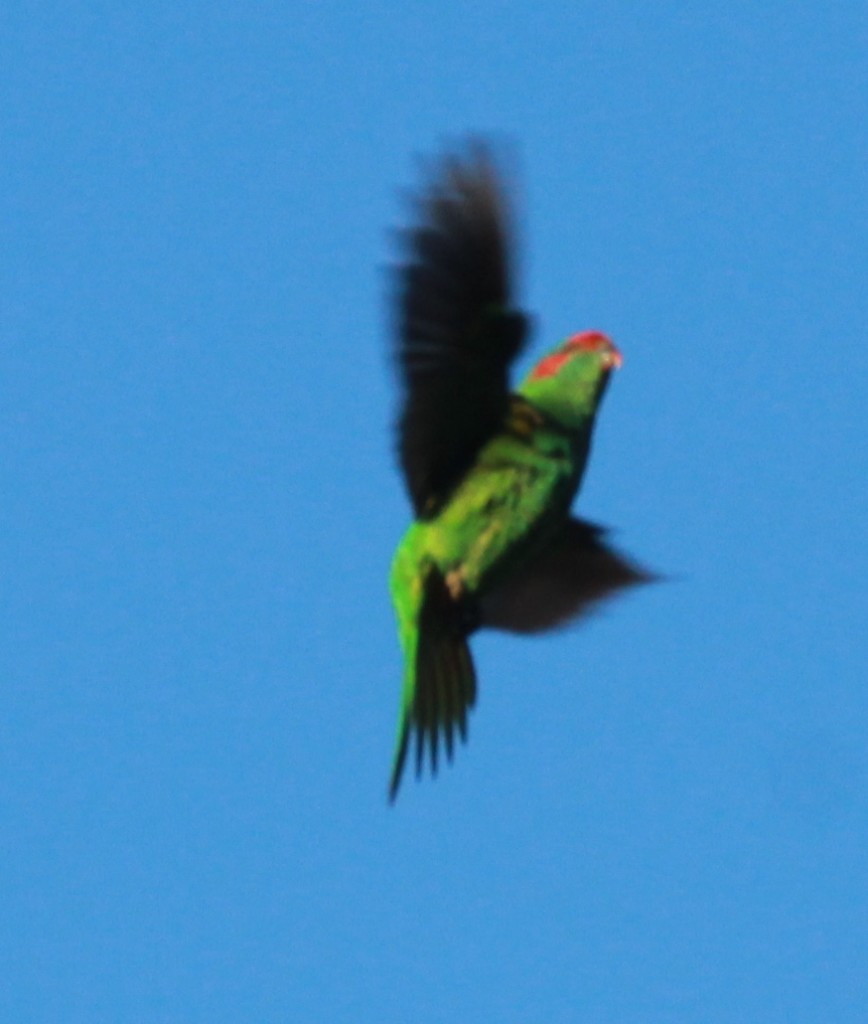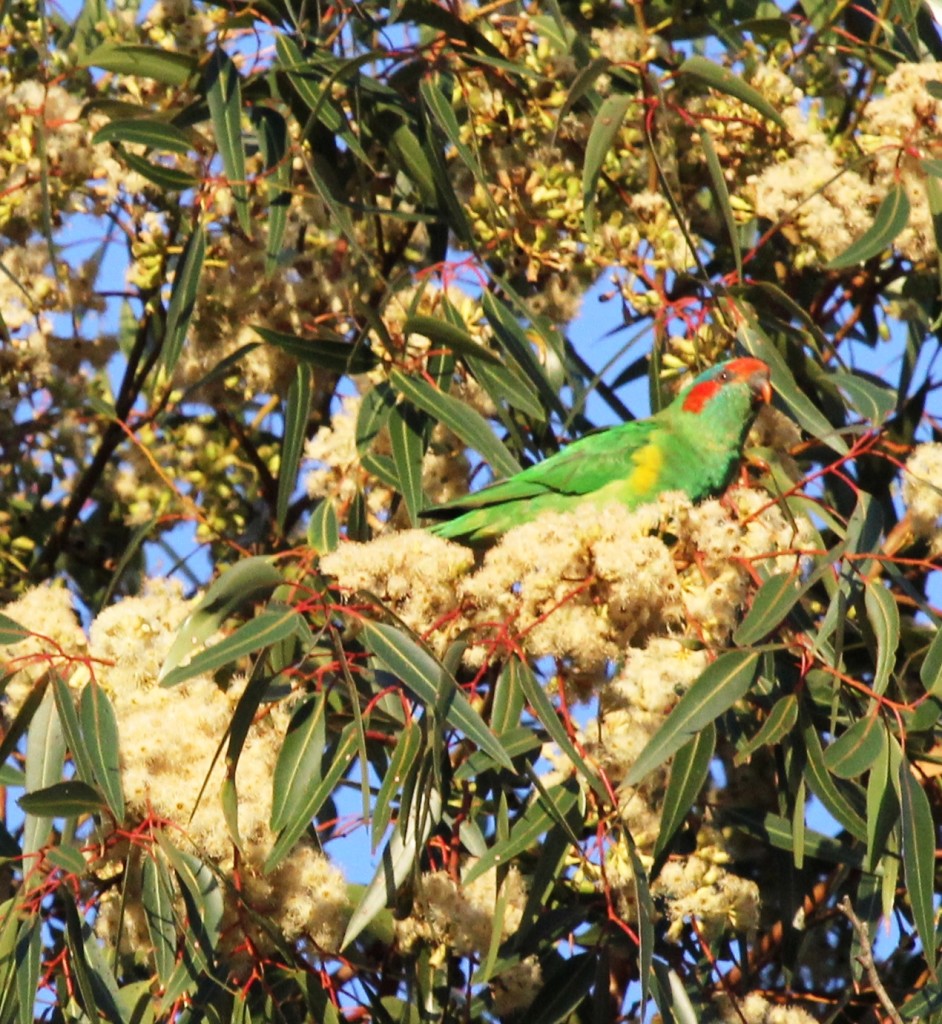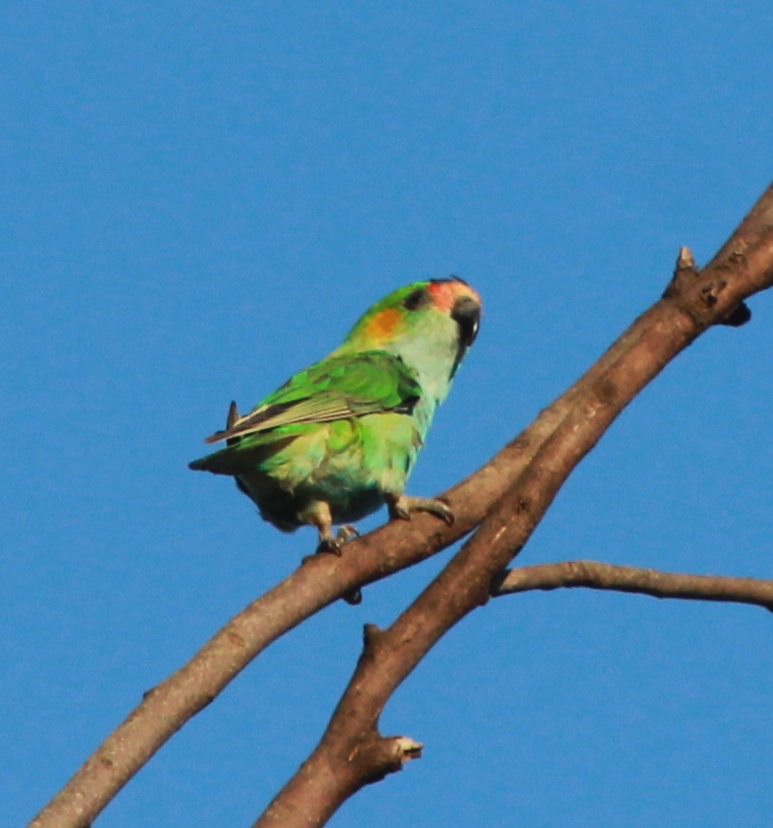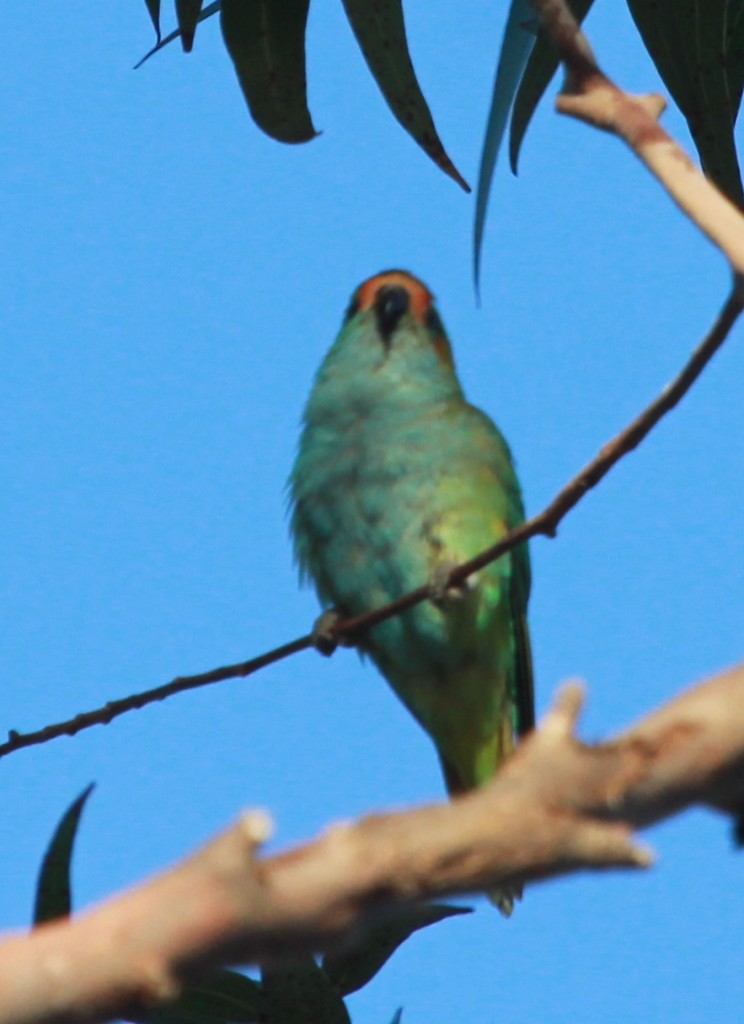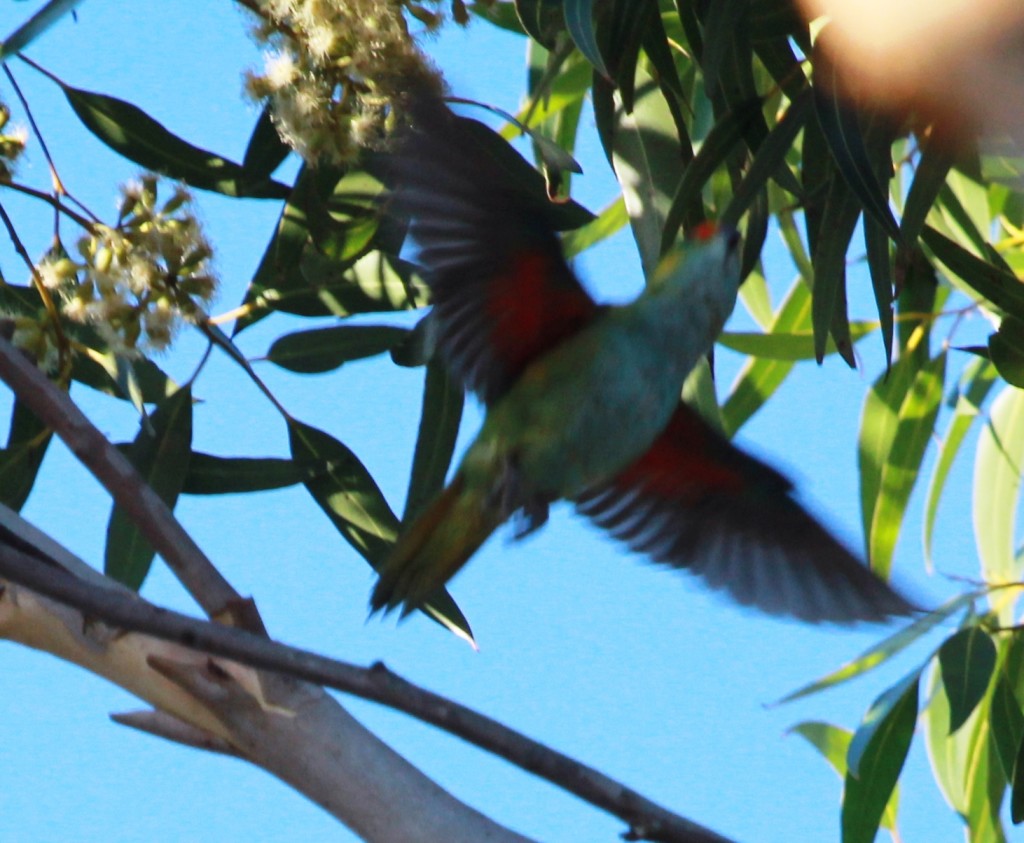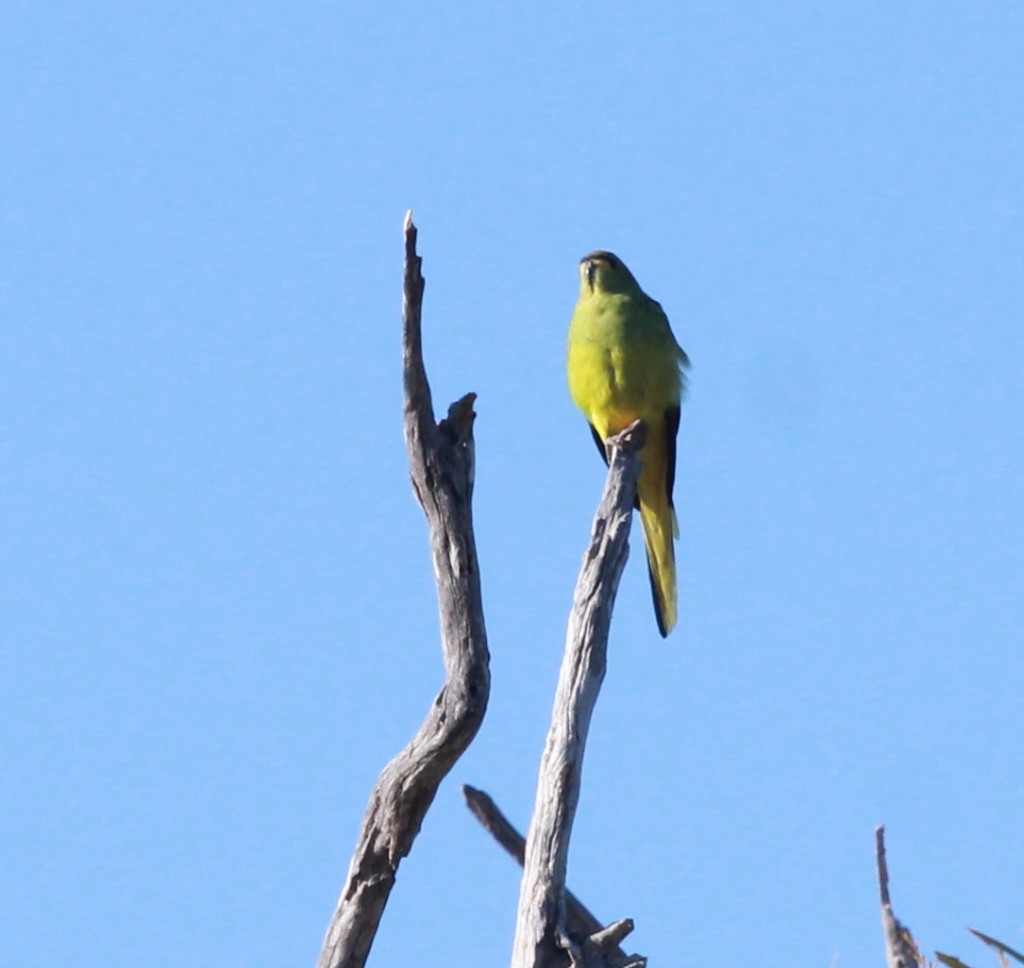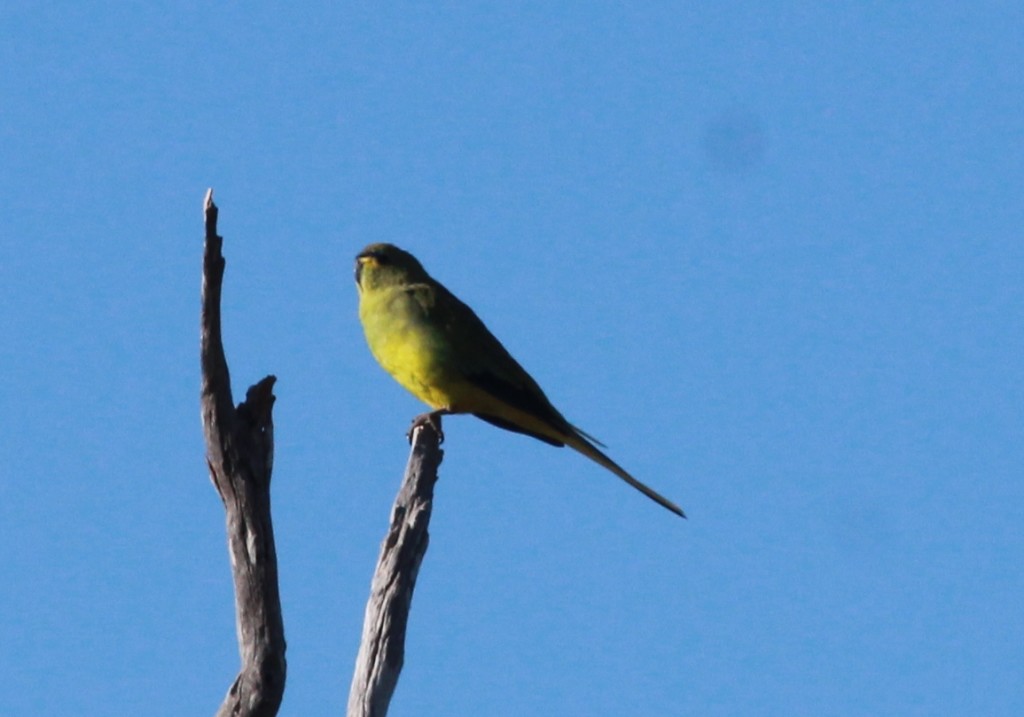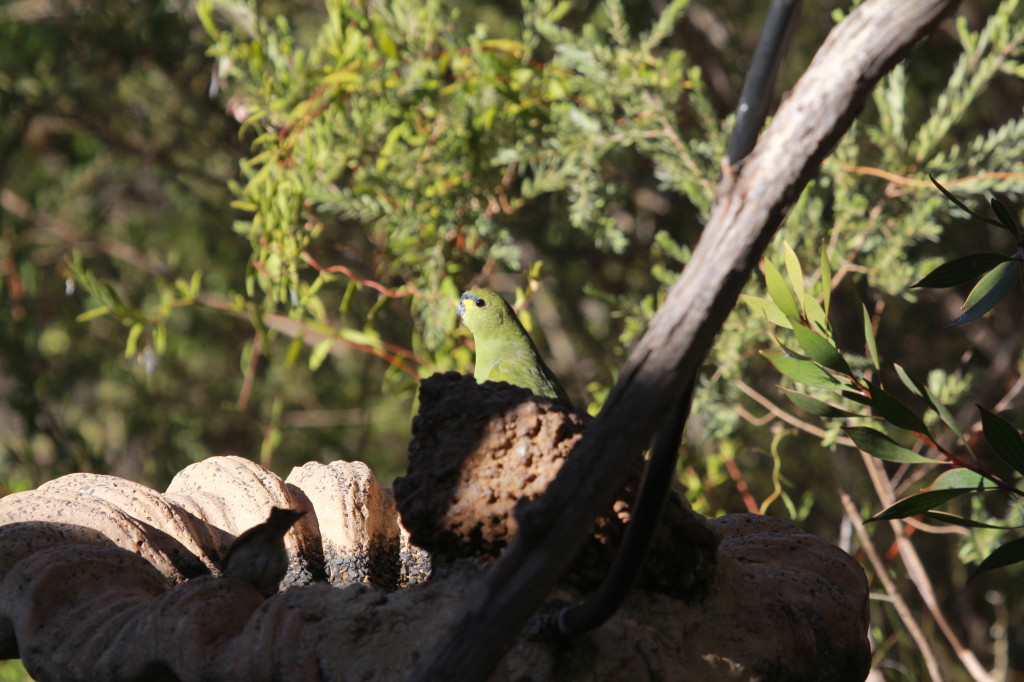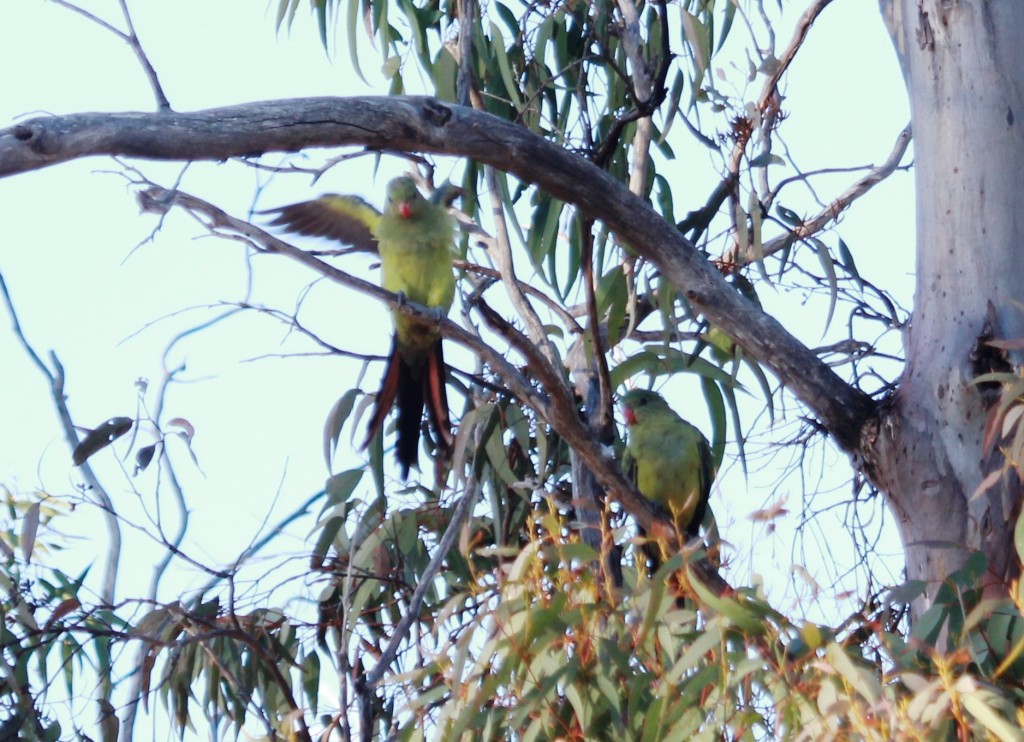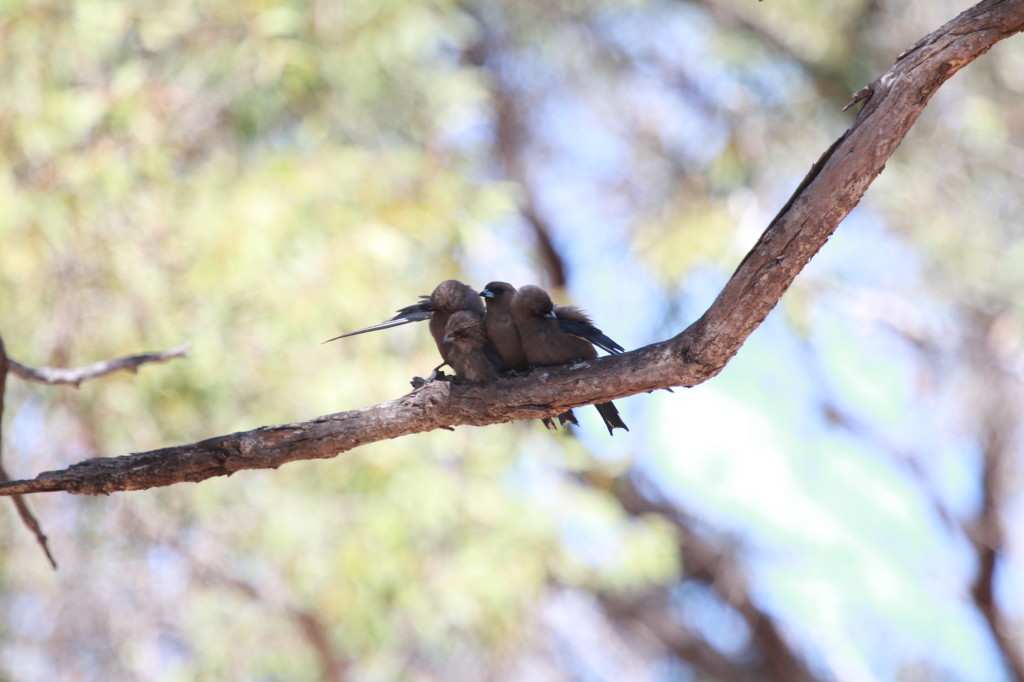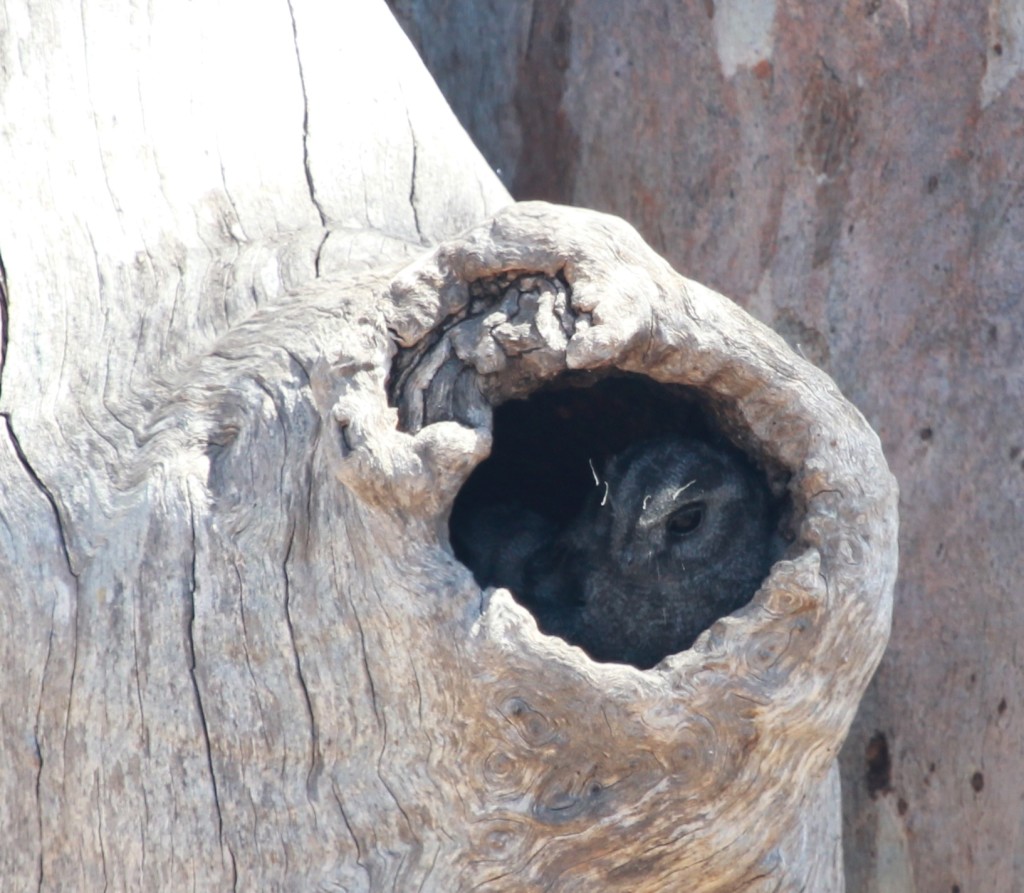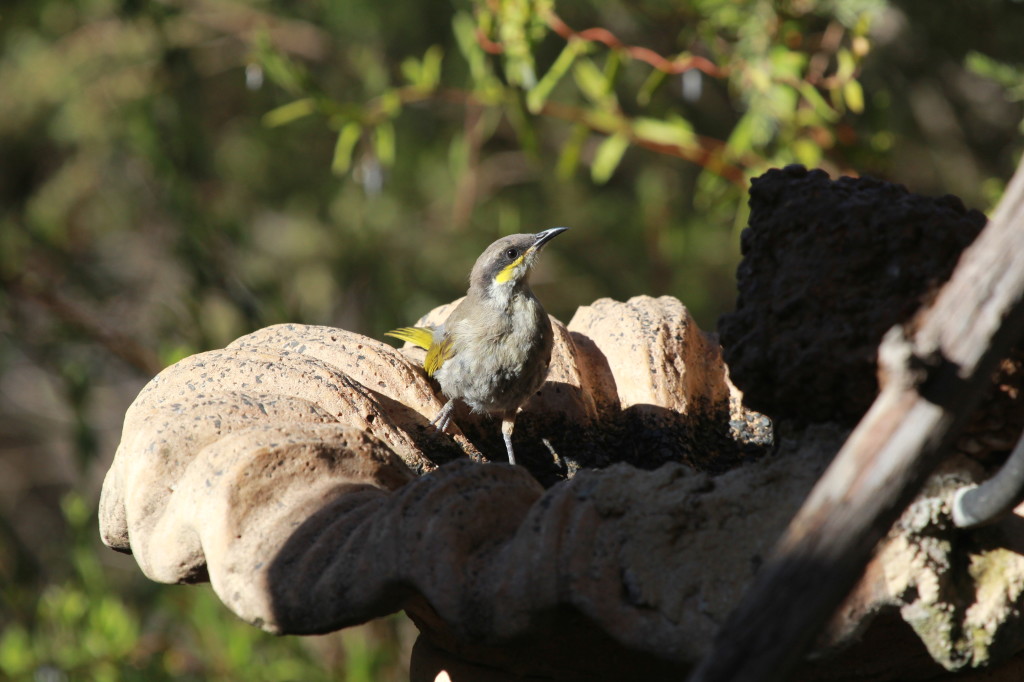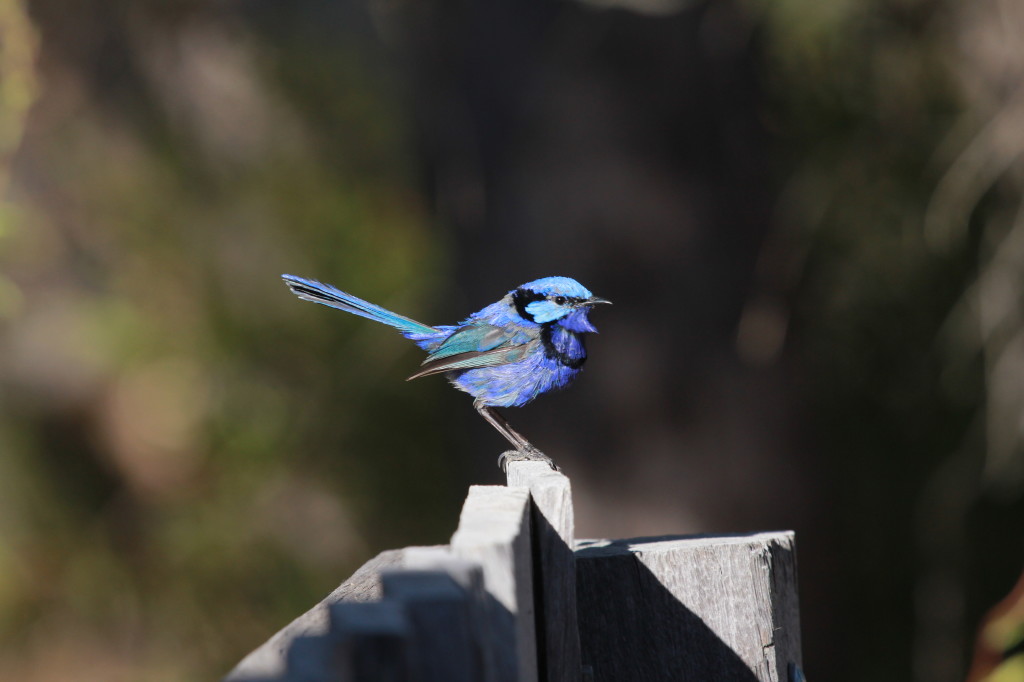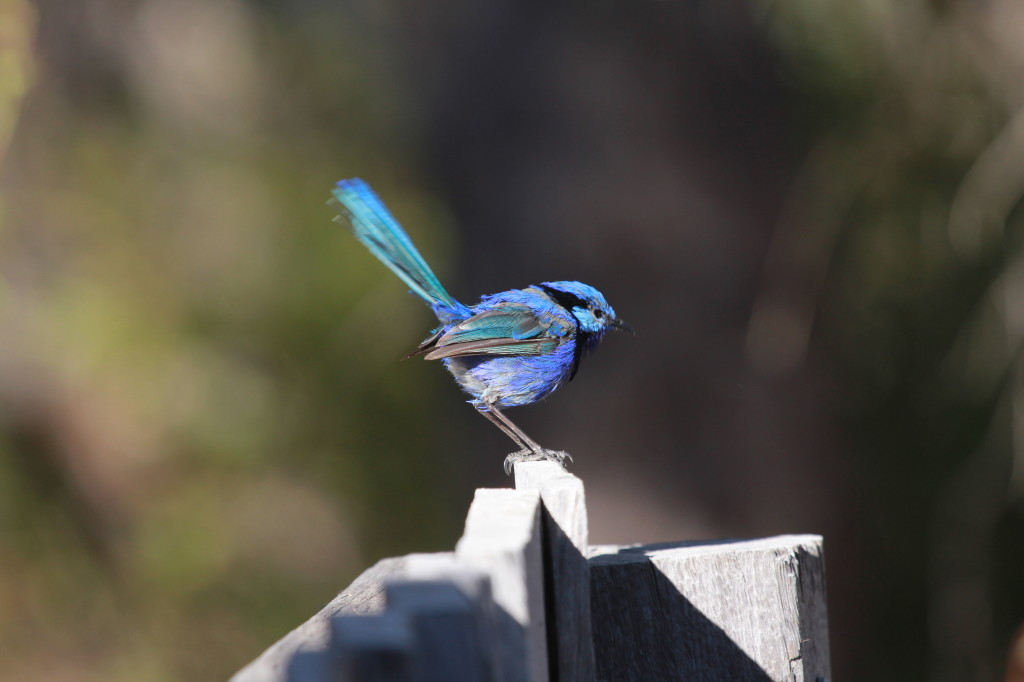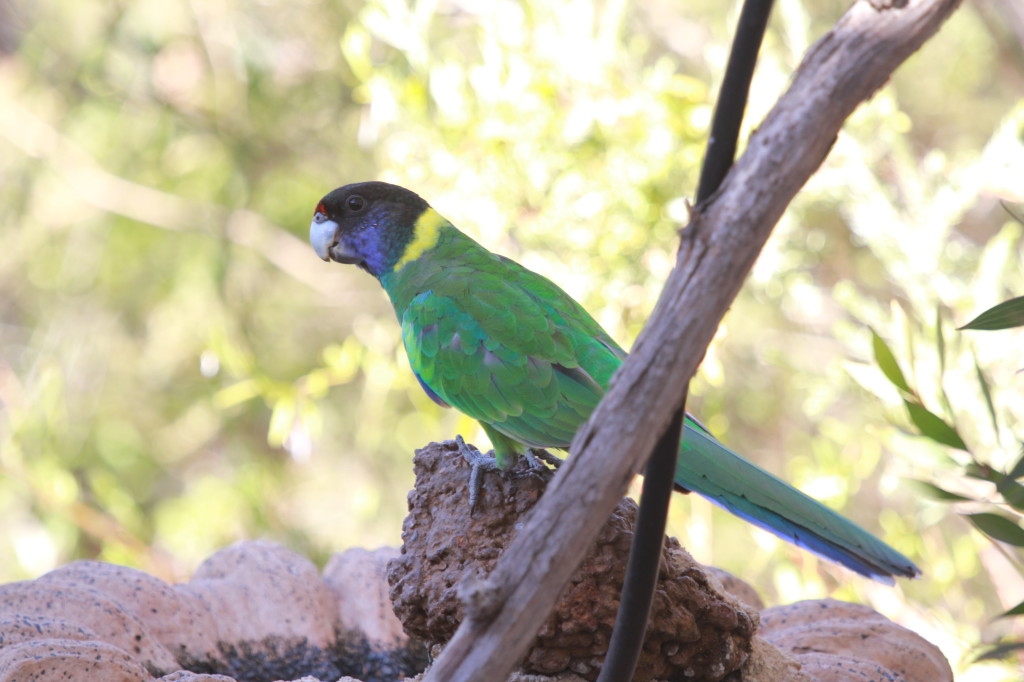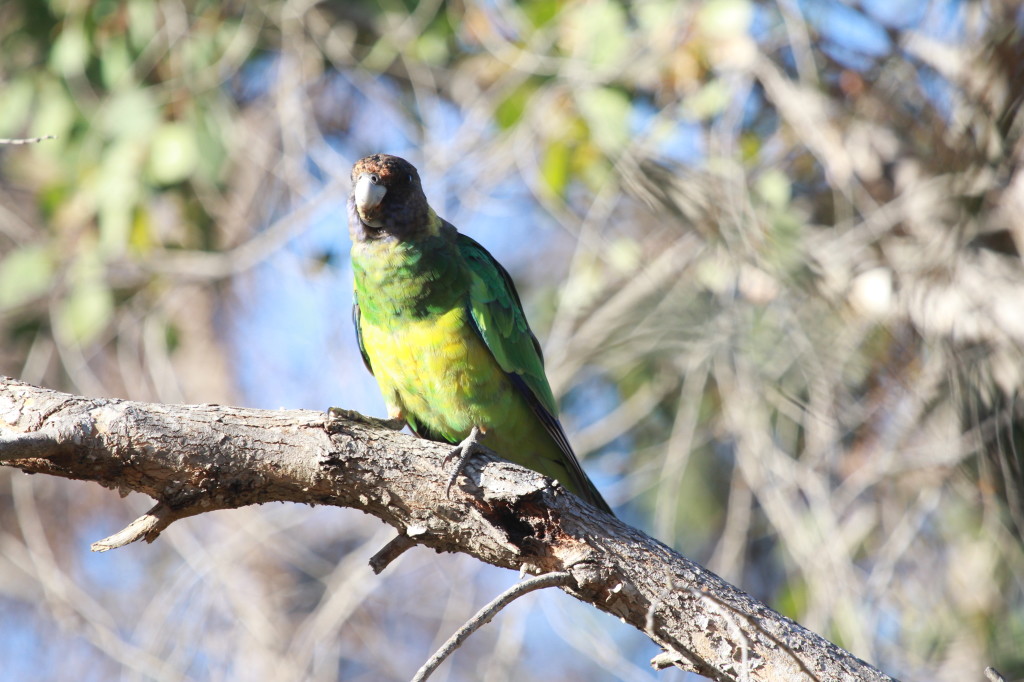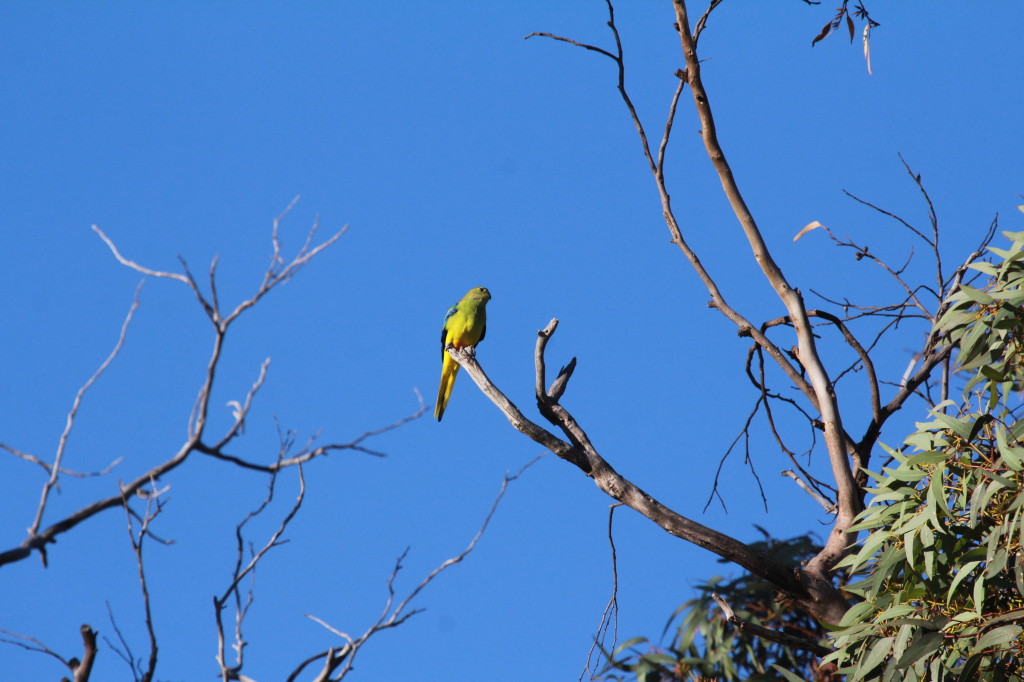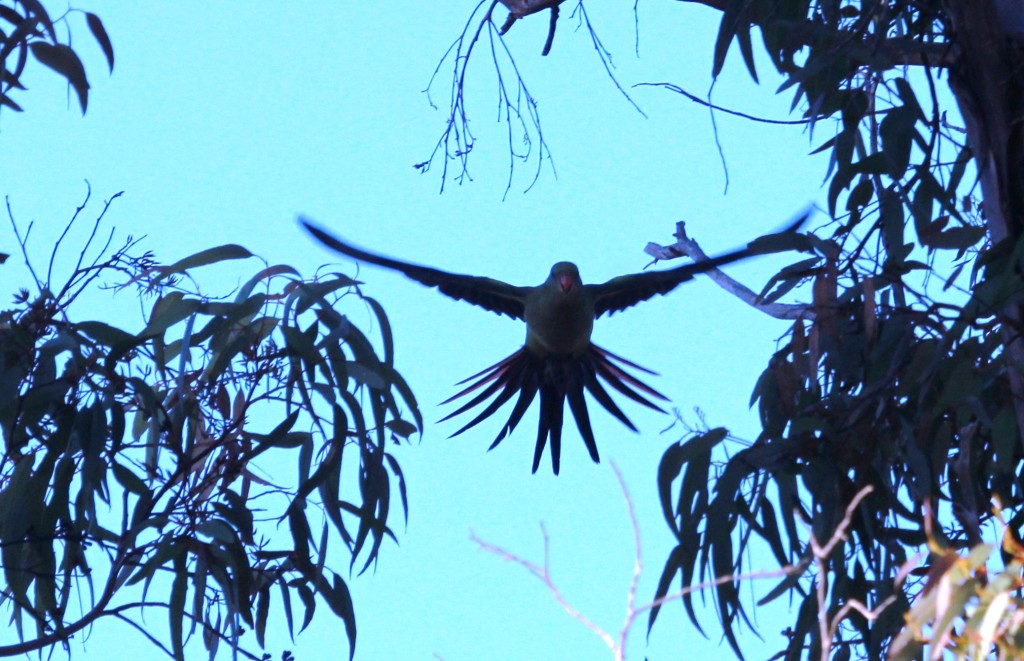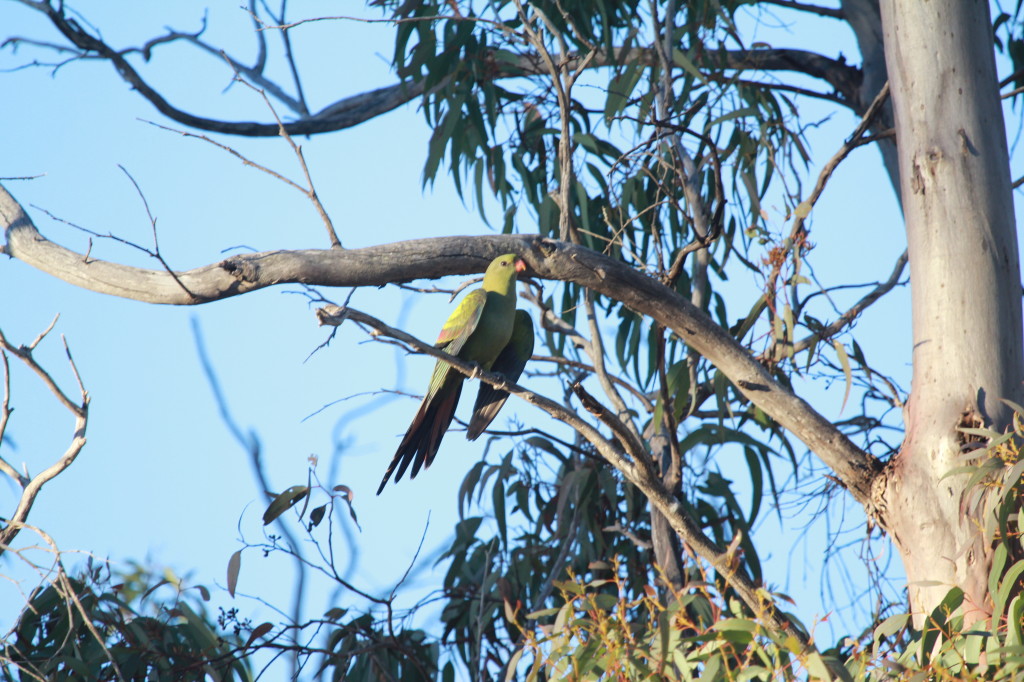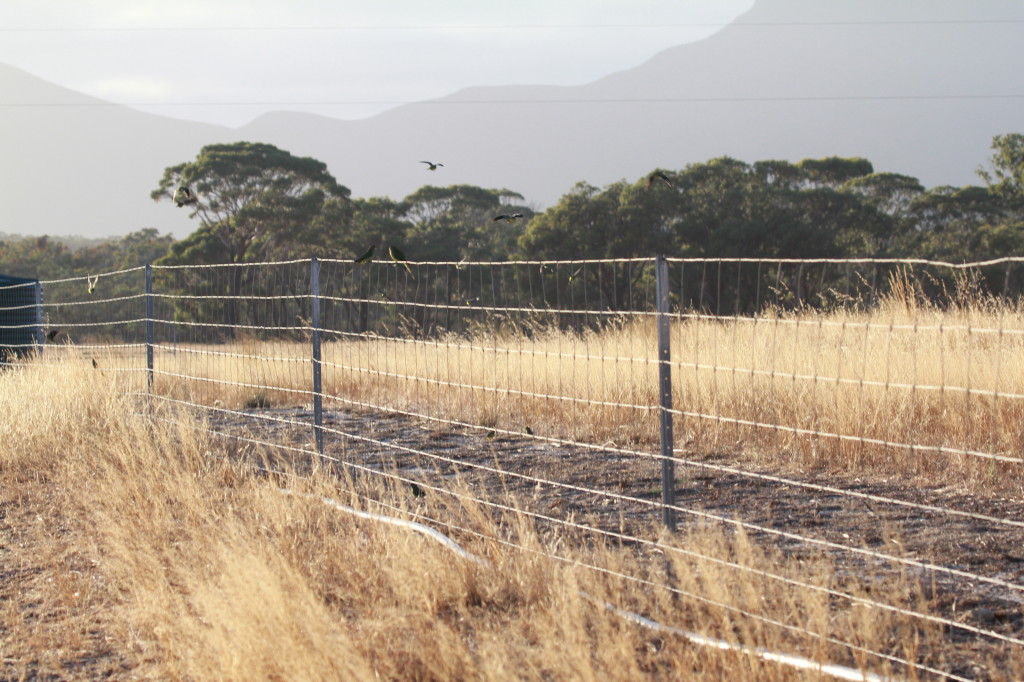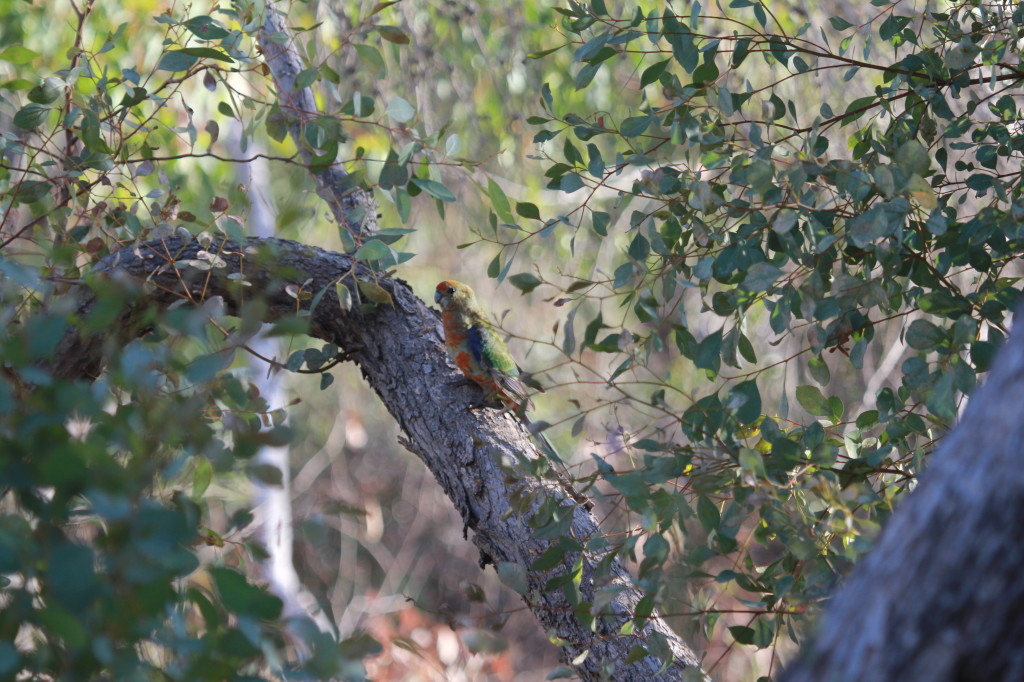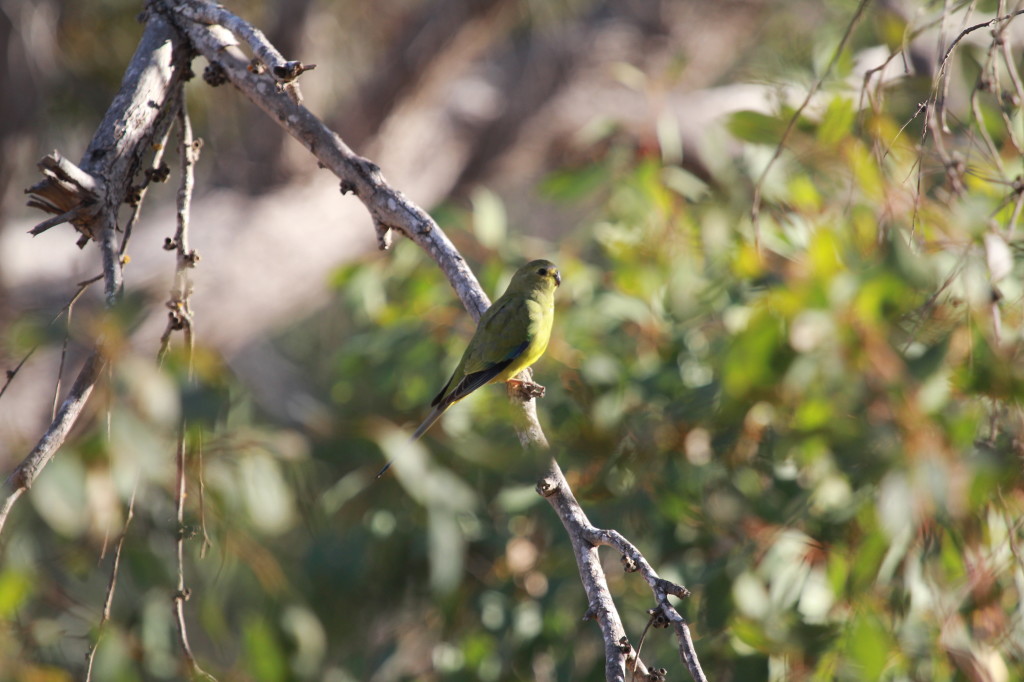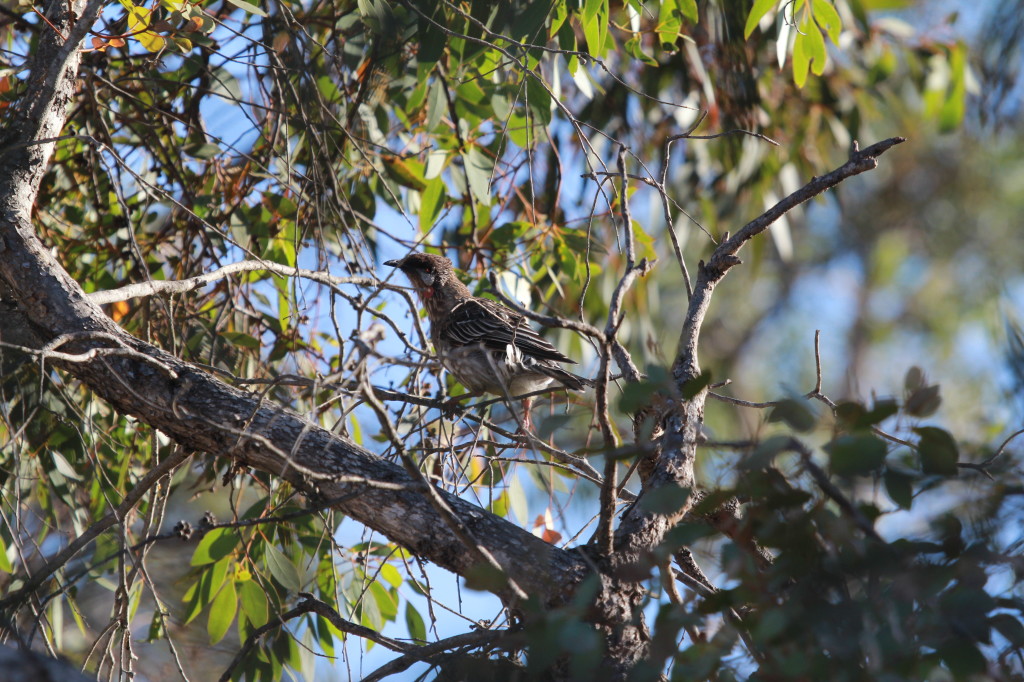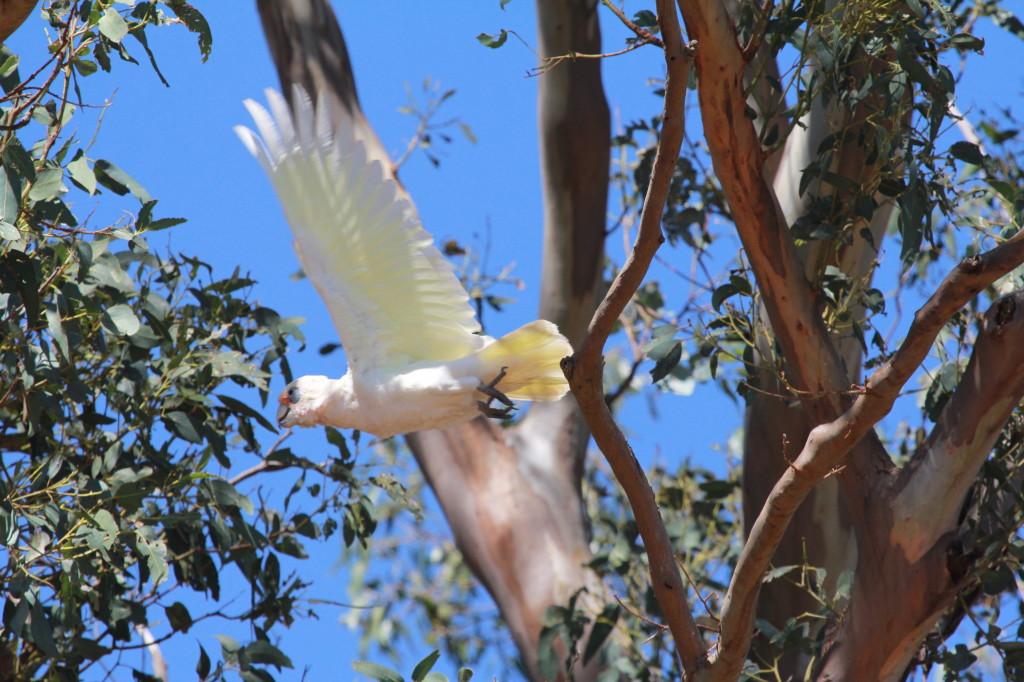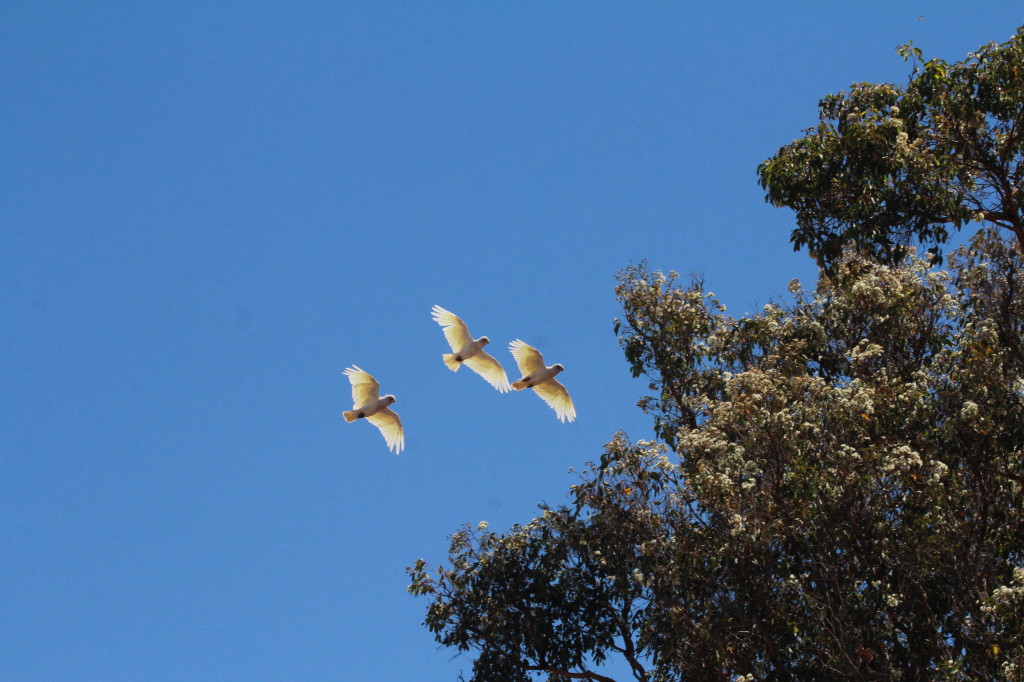The Eastern Ground Parrot (Pezoporus wallicus) of Australia is one of only three ground-dwelling parrots in Australia, the others being its closest relatives, the Western Ground Parrot (Pezoporus flaviventris) and the extremely rare Night Parrot (Pezoporus occidentalis).

Eastern Ground Parrot photo from Wikipedia
I took these photos in Strahan and Melaleuca. I wasn’t fast enough to get a clear shot.
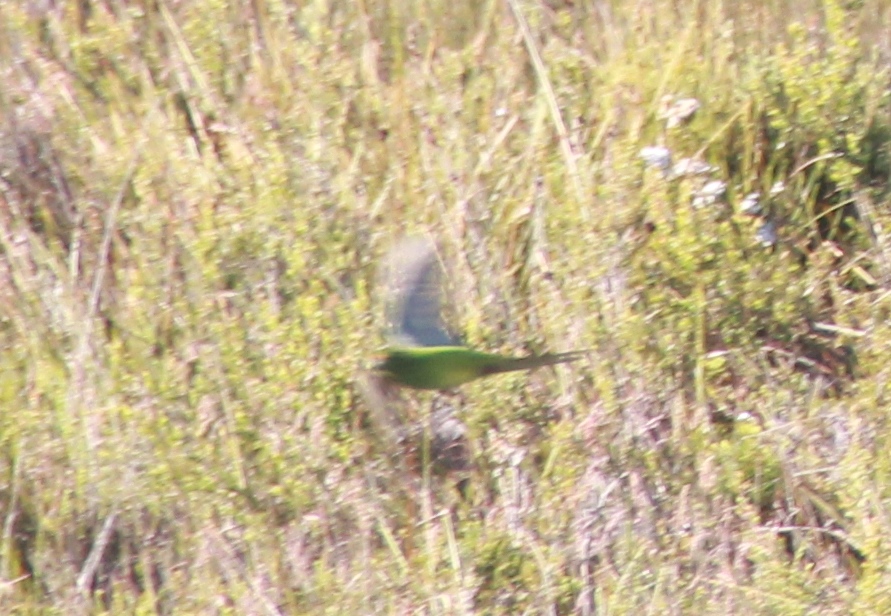
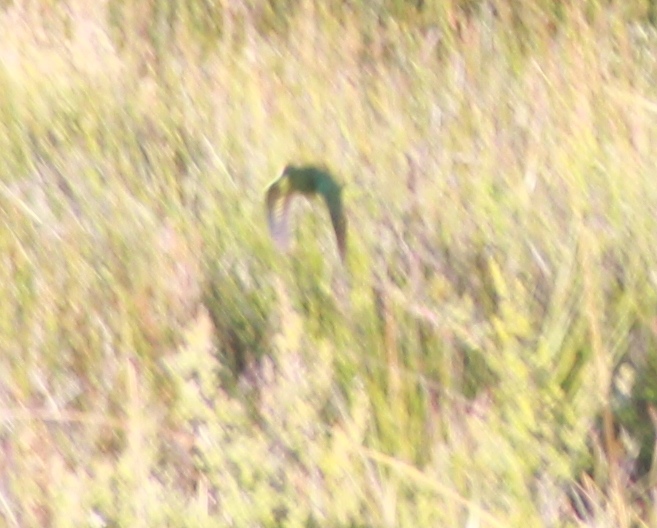
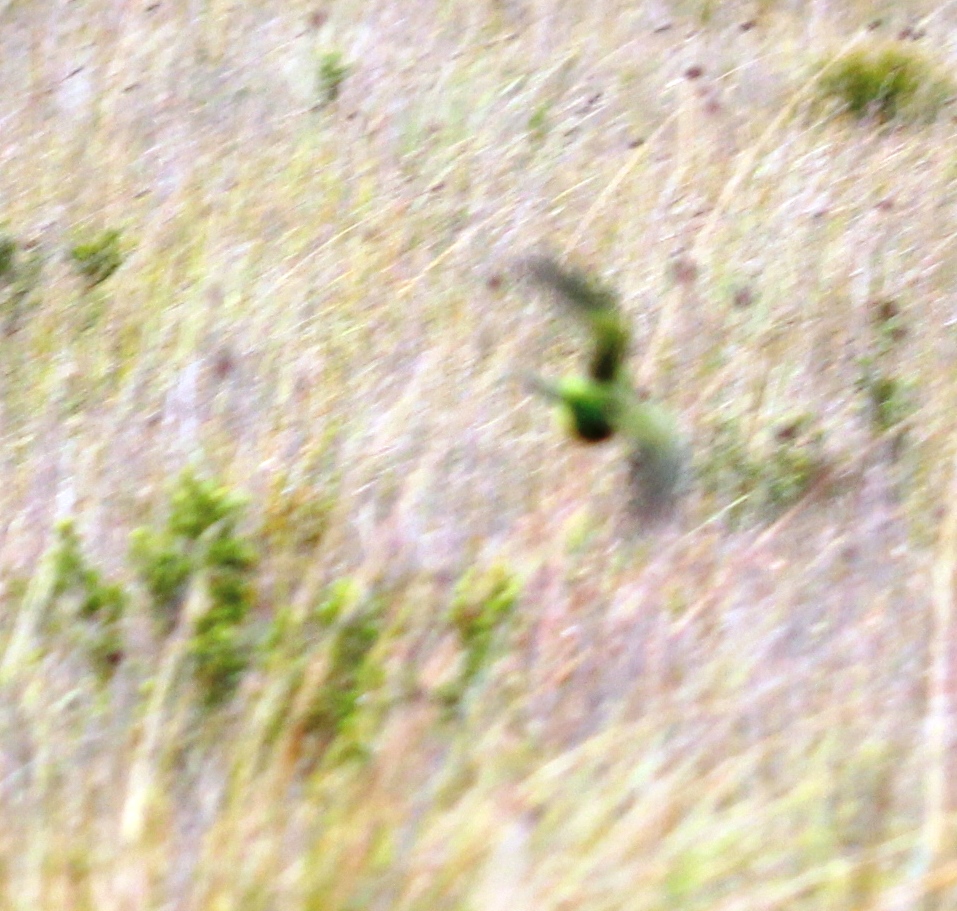
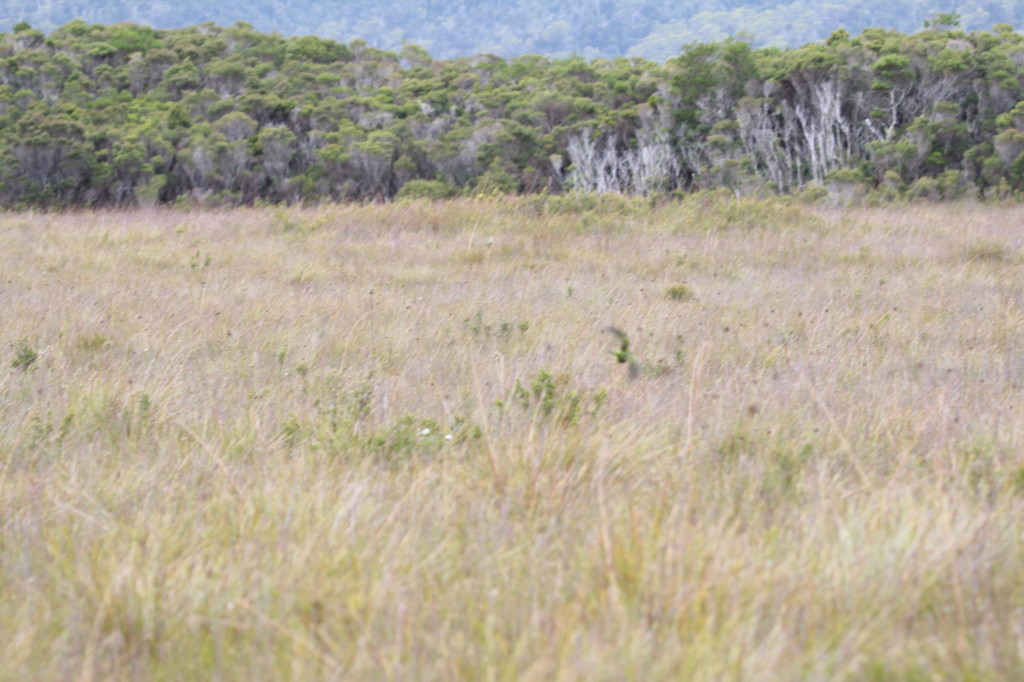
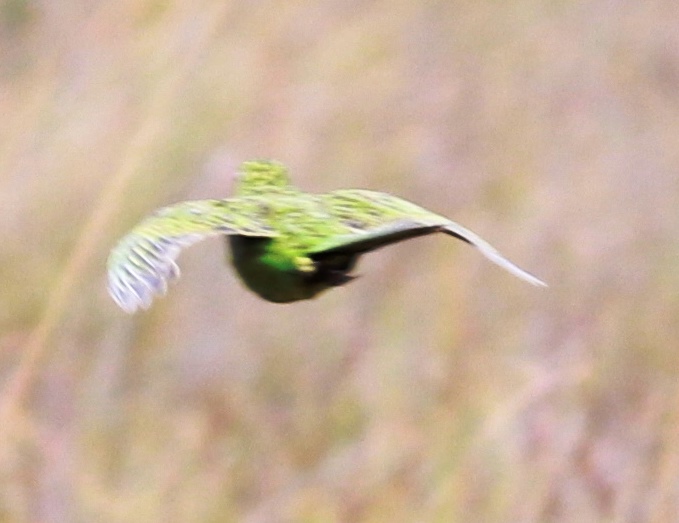
You will usually have to flush a Ground Parrot to see it. This means walking carefully through the bush where they are known to live and watching for them. When disturbed, a ground parrot flies swiftly just above the ground before dropping back into the vegetation. The presence of the bird is often only revealed by its characteristic dusk and dawn call, a clear whistling sequence of notes which rise in pitch before fading. It is silent in flight. Please do not harass a Ground Parrot. Once you flush one, get your camera ready, walk slowly towards where he landed and he will flush again. Get your photo, then leave the bird alone.
The Ground Parrot is found in scattered populations along the east coast of Australia, from south-east coastal Queensland and in pockets in north-east and southern New South Wales, through to coastal areas of Gippsland in Victoria and the islands of the Bass Strait to its stronghold in Tasmania. The most reliable place to see them is in Strahan either near the old airport or near the Wilderness Lodge.

Blue dots are Strahan & Melaleuca – best places to see Eastern Ground Parrots
LEARN MORE ABOUT EASTERN GROUND PARROTS
Wikipedia
World Parrot Trust
Birdlife
Tasmania Parks & Wildlife
NSW Environment
Biodiversity Australia
VIDEOS
Unfortunately there aren’t any videos of Eastern Ground Parrots on YouTube where I can embed them here. There are a few short clips filmed at Strahan on IBC but you need to view them over there.
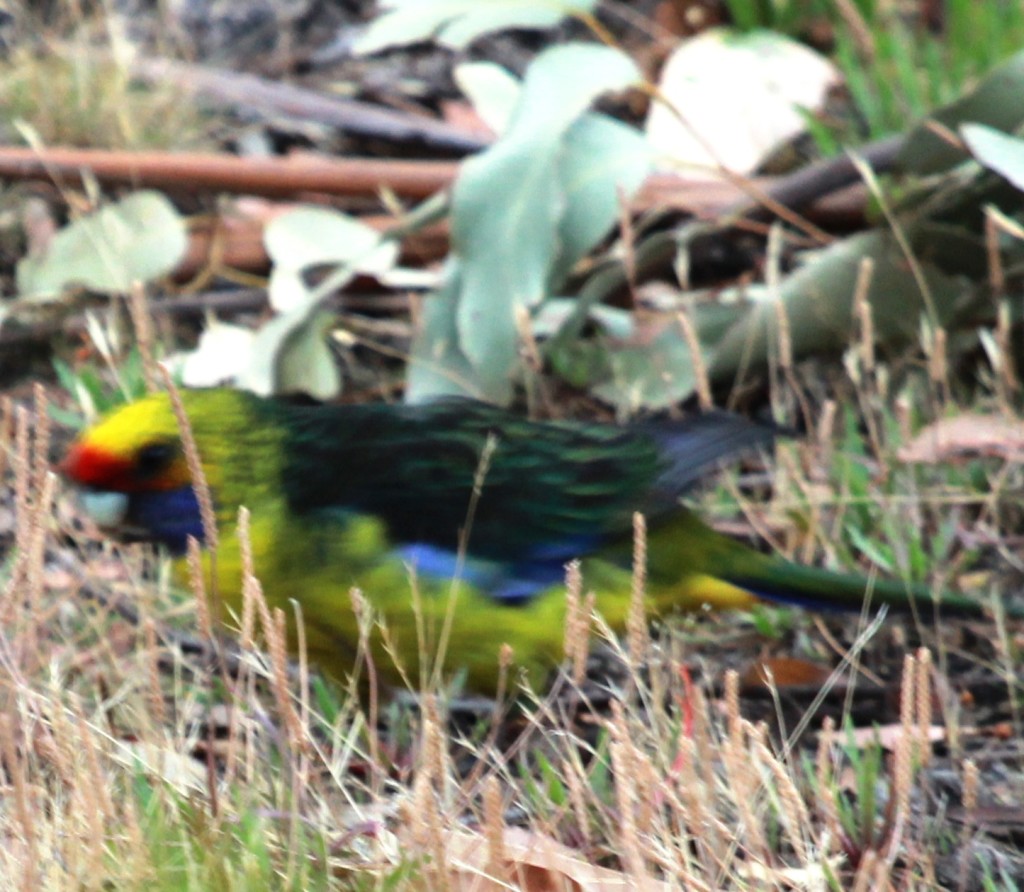
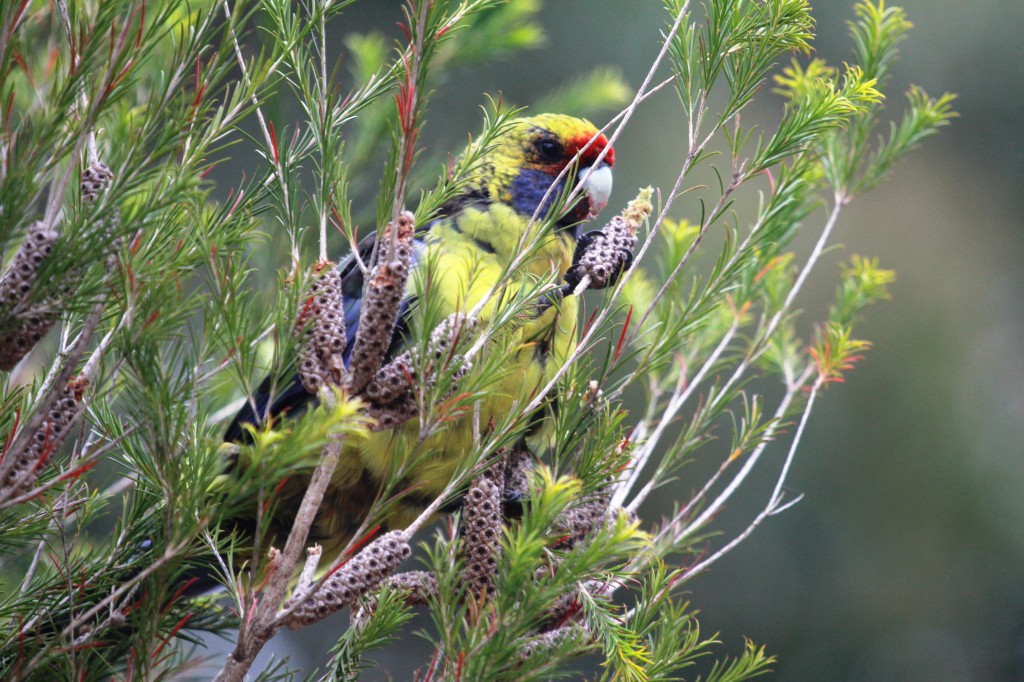
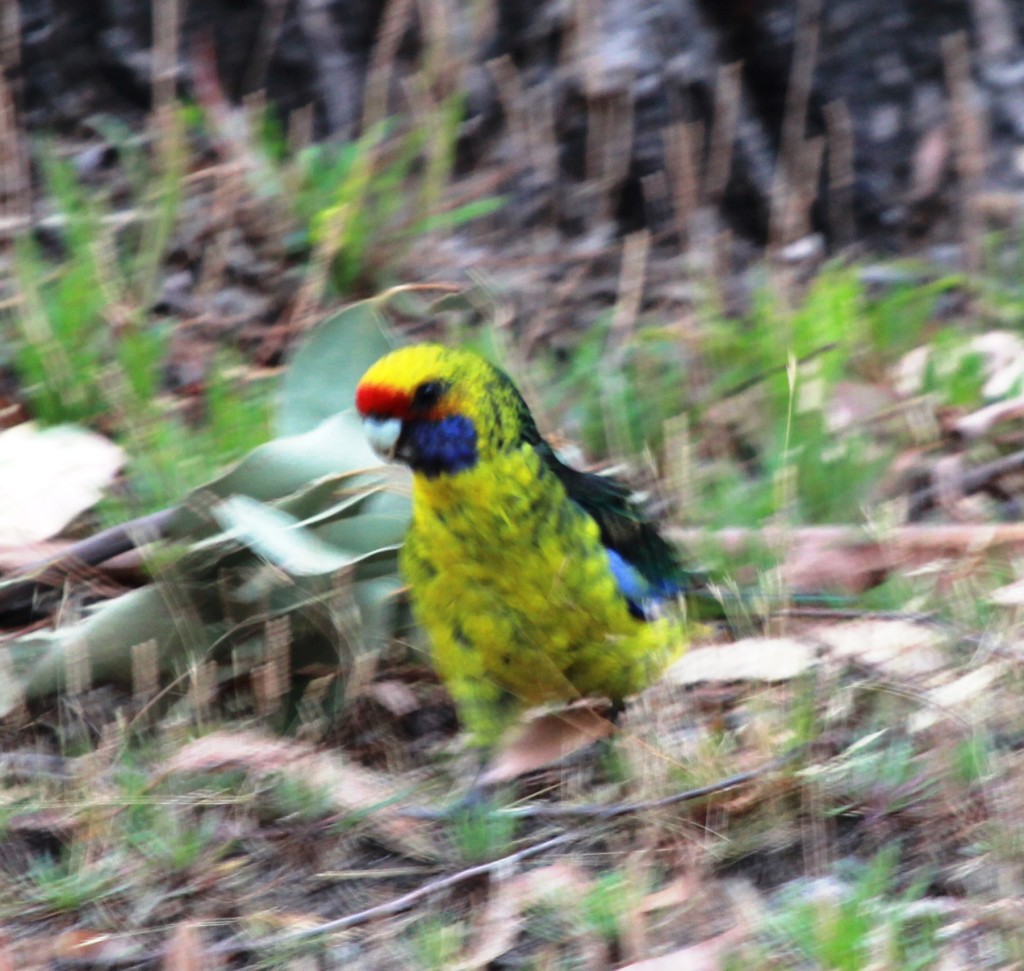 Green Rosellas are endemic to Tasmania and are commonly seen throught the island. I saw them best on Bruny Island and Freycinet National Park.
Green Rosellas are endemic to Tasmania and are commonly seen throught the island. I saw them best on Bruny Island and Freycinet National Park.
